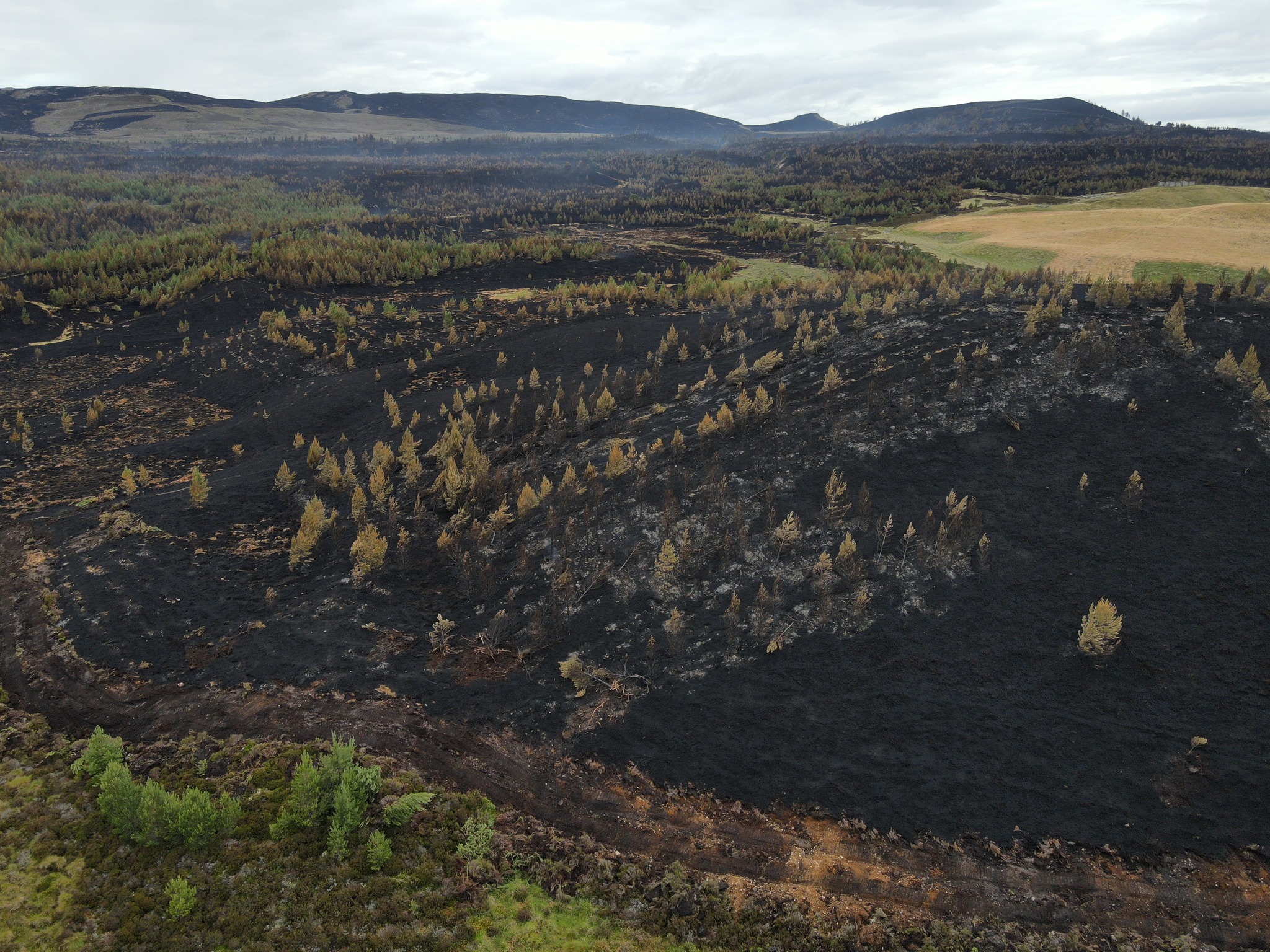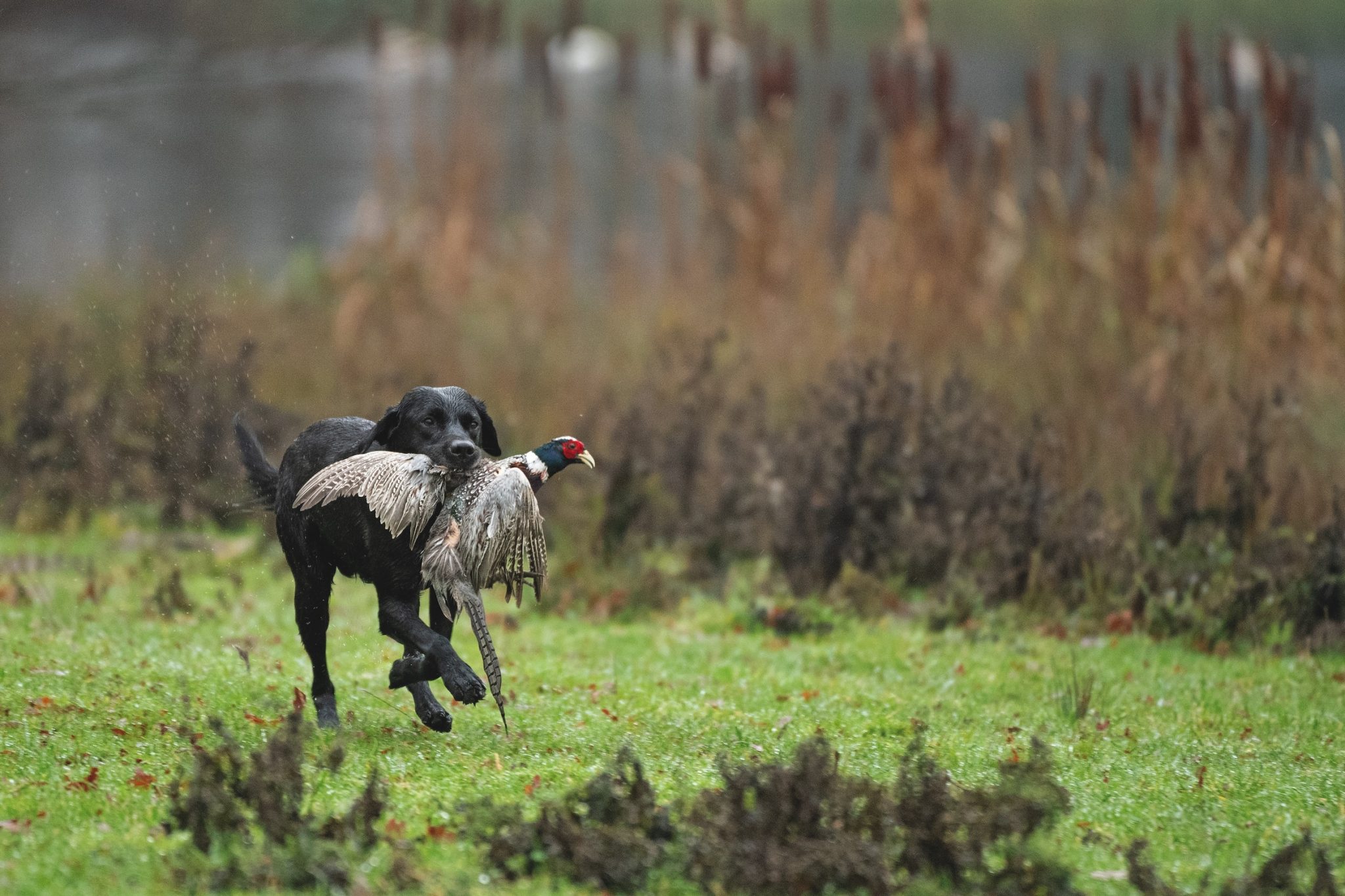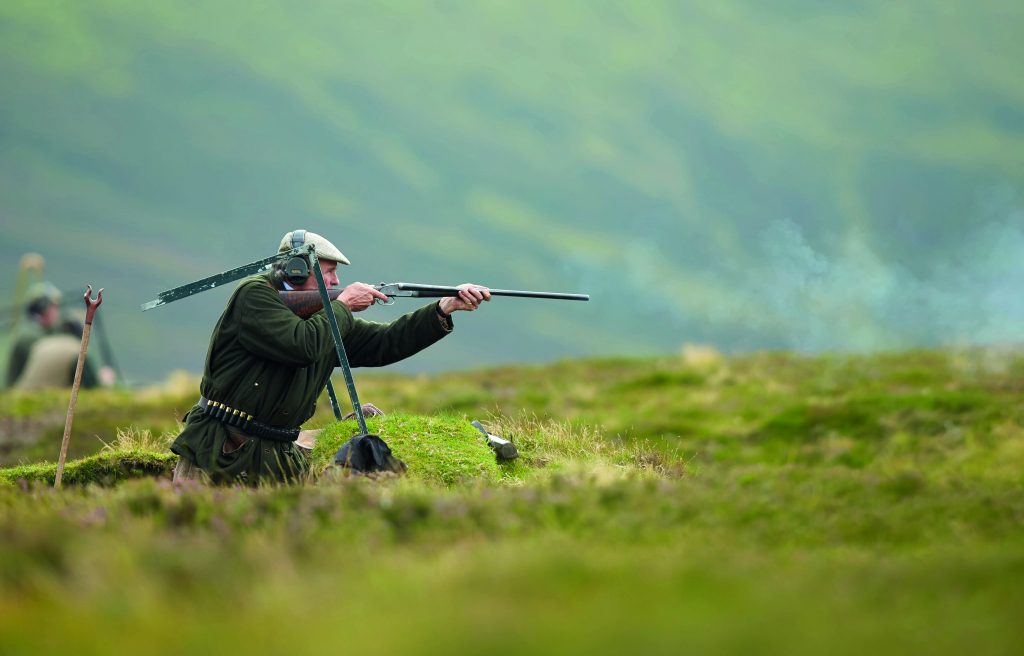- News
- Gundogs
- Shooting
- Recipes
- Gear
-
-
- Industry Jobs
- Get involved
- More
-
-
More
-
-
News
Record wildfire prompts Scottish U-turn on muirburn licensing
By Hollis Butler (Group News Editor)
-
-
Win CENS ProFlex DX5 earplugs worth £1,149 – enter here
What you need to know about focal planes
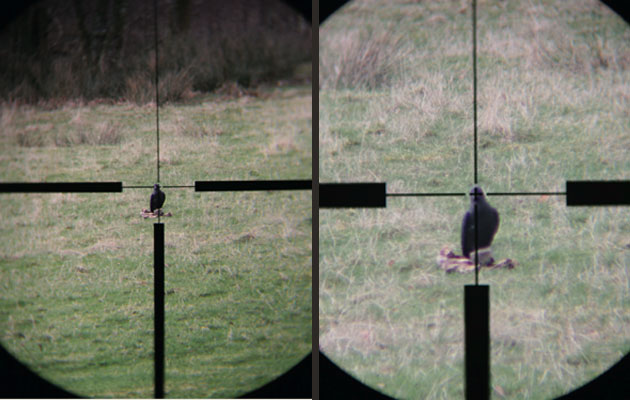
Many rifle shooters don’t really understand the difference between focal planes and it’s an aspect of rifle scopes that is often confusing to many.
Basically, the difference between a first and second focal plane scope is where the reticule is positioned within the rifle scope. This affects the image seen at different magnifications.
If you shoot at varying ranges then first focal plane scopes are extremely useful. This is because the stadia remain in the same place on the target when you change magnification. With a second focal plane scope, only the cross-hairs remain in the same position.
On fixed-power scopes the image is unaffected by where the reticule is placed.
First focal plane scopes
European scope manufacturers tend to favour first focal plane scopes, which have their reticules sited in the middle of the scope tube — that is, below the elevation turrets. When the magnification changes, the reticule increases in size.
The reticule will cover more of your quarry as you increase magnification; this has no real implication if you are shooting at a consistent range. However, if you are shooting at longer ranges, and using extra aim points on the reticule to compensate for trajectory drop, then having a first focal plane scope can make a real difference to your shooting.
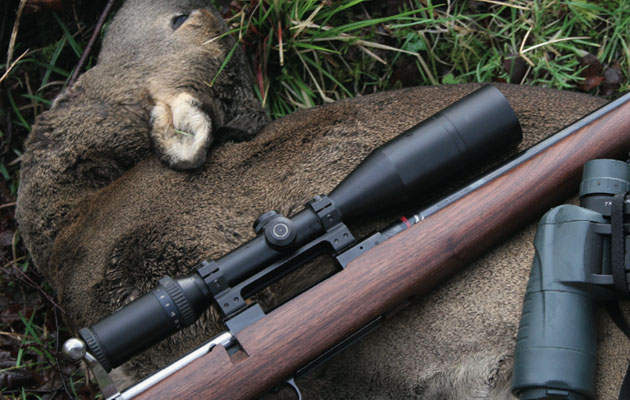
With first focal plane scopes, such as this 3-12x50mm Schmidt & Bender, the impact points remain the same at any magnification
First focal plane scopes have an advantage because they always keep the same relationship between the reticule position and the target position, regardless of zooming between magnifications.
This means that on a reticule with stadia lines (as opposed to simple cross- hairs) each line remains in a perfect relationship to the target, thus making it easier to adjust for trajectory over longer ranges.
However, there is a disadvantage to this: with a variable power scope the reticule will increase in size so that on the highest magnification, the reticule may be too thick and completely cover a smaller target such as a rabbit or crow.
Second focal plane scopes
Here the reticule is positioned on the eyepiece end of the scope, and remains the same at any magnification. Therefore, only the central cross-hairs remain in the same relationship to the target as the magnification changes. This means you have to memorise or write down the compensation for a bullet’s trajectory for each magnification setting, which is tedious. however, the reticule does not enlarge and cover too much of what you are shooting at.
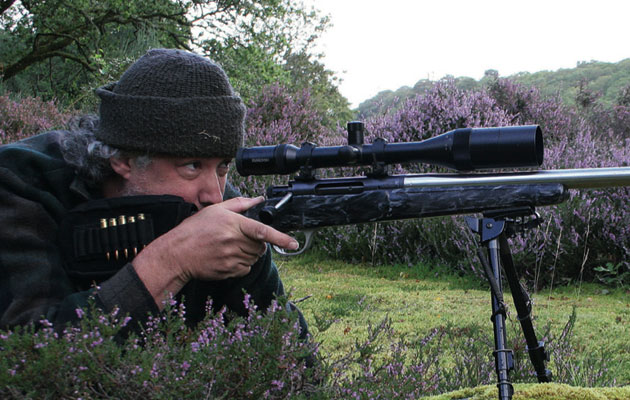
With second focal plane scopes you need to learn (or have written down) the trajectory distance at different magnifications
The differences between first and second focal planes
If you’re using a first focal plane scope you can simply use the stadia on your scope to compensate (as long as you know the trajectory of your bullet at varying ranges0.
For a second focal plane scope you will need more information. You need to know the compensation for bullet drop, but if you wish to use the stadia to compensate for the trajectory, you will need to know which stadia to use for which magnification setting. You can write this down on a note and attach it to your stock but when you’re under pressure it is all too easy to make a mistake. With a fixed-power scope, this isn’t an issue, and all you need is one trajectory chart.
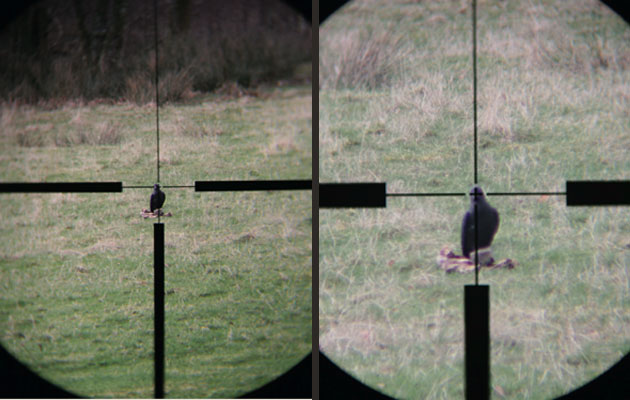
When you use a first focal plane scope, the size of the reticule increases as you increase magnification
If you are shooting at consistent and fairly average ranges there is less of a problem. However, as ranges increase, the position of your reticule can have a direct impact on whether you hit, miss entirely, or, worst of all, wound an animal. It’s worth remembering that with a rabbit gun (for example, a .22 rimfire) or an air rifle for vermin use, there is much more of a curve to the trajectory of the bullet, so the issue is exaggerated.
As with any rifle shooting, make sure you check your scope, ammunition and rifle, and test shoot it at various ranges and differing powers in order to become competent at any range. This will also mean that you are familiar with the settings on your scope. It only takes a morning shooting at targets to practise the different combinations and settings with your rifle and scope, but it is worth it to achieve consistency and humane shots.
How to compensate for bullet drop when using a rifle scope
With either sort of scope, if a roebuck appeared at 75 yards on a ride and your rifle is zeroed at 100 yards, there is no problem. The difference is truly noticed if, say, a stag was to appear up on the hill at 200 yards and you needed to change your magnification from a 4x woodland power to a 10x power.
I’ll explain: your rifle is zeroed at 100 yards, and you are using a 150-gr bullet in .308. At 200 yards the bullet will be about 3.5in lower than your point of aim. If you are using a first focal plane scope at 4x power and then switch to 10x power for the shot, you can use one stadia below the central cross-hairs to compensate for the bullet drop. This is because, regardless of power, if you know that the second stadia is spot on for the 200-yard trajectory, you can use this to aim with.
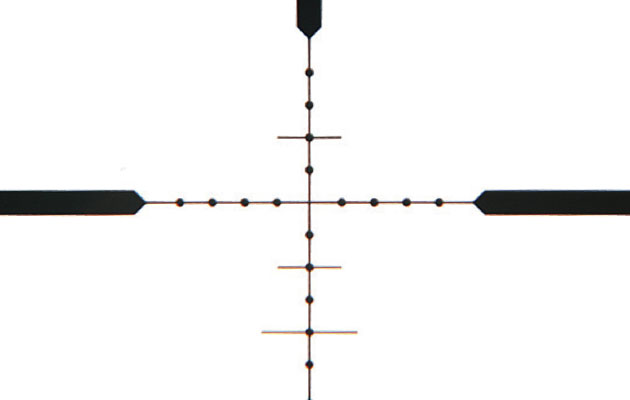
Having extra stadia to the reticule certainly helps with compensating for bullet drop, but the relationship between target and reticule will change dependent on whether your scope has a first or second focal plane
However, if you have a second focal plane scope, calculating this is more complicated — as the magnification is increased, the reticule remains the same size but the relationship between it and the stag changes. Therefore, that same stadia down for a 200-yard zero changes as the magnification increases.
On a lower magnification, the second stadia in a second focal plane scope will always be below your target, so the bullet would also hit low on the target, and as you increase the magnification, the stadia to target centre decreases in size. This means that the stadia that works for your 200-yard zero is now way out as a guide for compensating for bullet drop.
Related Articles
Get the latest news delivered direct to your door
Subscribe to Shooting Times & Country
Discover the ultimate companion for field sports enthusiasts with Shooting Times & Country Magazine, the UK’s leading weekly publication that has been at the forefront of shooting culture since 1882. Subscribers gain access to expert tips, comprehensive gear reviews, seasonal advice and a vibrant community of like-minded shooters.
Save on shop price when you subscribe with weekly issues featuring in-depth articles on gundog training, exclusive member offers and access to the digital back issue library. A Shooting Times & Country subscription is more than a magazine, don’t just read about the countryside; immerse yourself in its most authoritative and engaging publication.




